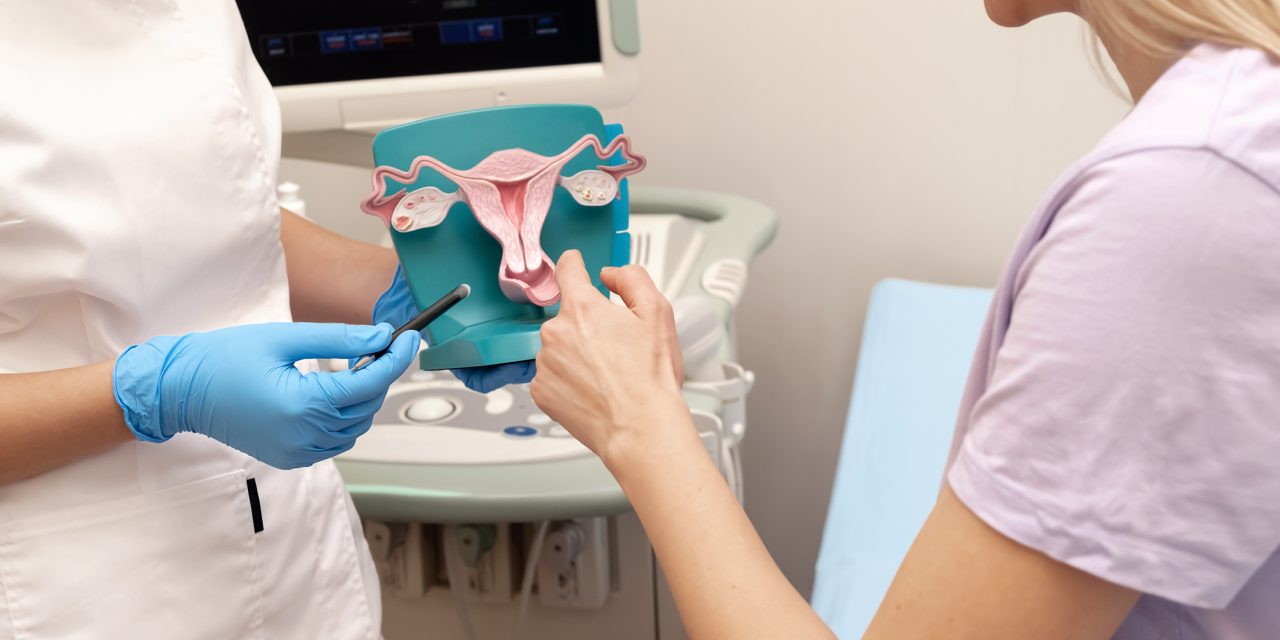Ultrasound plays a considerable role in human and animal reproduction in terms of early detection of pregnancy, prediction of parturition time, and diagnosis of fetal abnormalities. The present study aimed to evaluate the ultrasound implementation for monitoring of gestation in mini-lop rabbits. Fifteen heads of pubertal does were selected and kept in normal conditions of feeding and temperature. Animals were mated with three bucks from the same breed. The pregnancy monitoring was begun from five days post-mating (dpm) to kindling using a 12.5 MHz ultrasonic transducer. The examinations were performed at fixed dpm for all does (5, 7, 12, 16, 20, and 26). Furthermore, randomly selected does (2-3 does per day; one doe was fixed) were subjected to daily ultrasound examination to estimate the relationship between the ultrasound biometrics with the gestational age (GA) and days to parturition. The pregnancy rate was 80%, and the mean number of live kits at birth was 4.2 in the present study. Based on the ultrasound records, the gestation length can be divided into three tertiles of pregnancy (TOP) in rabbits. The first TOP (0-10 dpm) was monitored by detecting and measuring the gestational sac diameter from 6 to 10 dpm. The 2nd TOP (11-12 dpm) was characterized by detection and measurement of Crown Rump Length and Fetal Heart Rate. From 15 to 20 dpm, bi-parietal diameter and head circumference were positively correlated with the GA (p-value < 0.05). Abdominal circumference and femur length were detectable and measurable during the 3rd TOP (21 dpm-kindling). Pregnancy was detected as early as six dpm with acceptable markers in mini-lop rabbits. Highly significant negative correlations were detected between days to parturition and the sonographic biometrics. Three abnormal fetuses were successfully detected and described, too.Copyright © 2021 Elsevier Inc. All rights reserved.
Ultrasound monitoring of pregnancy in mini-lop rabbits.


